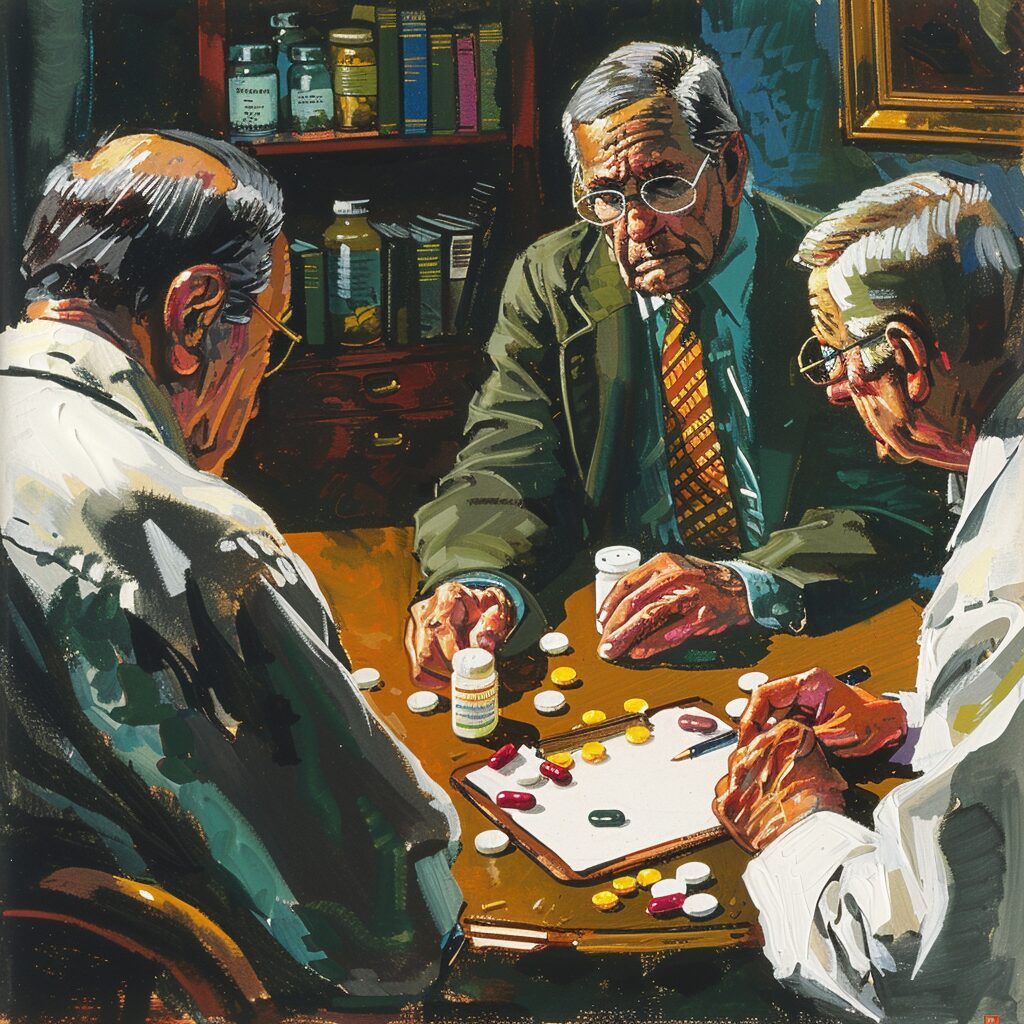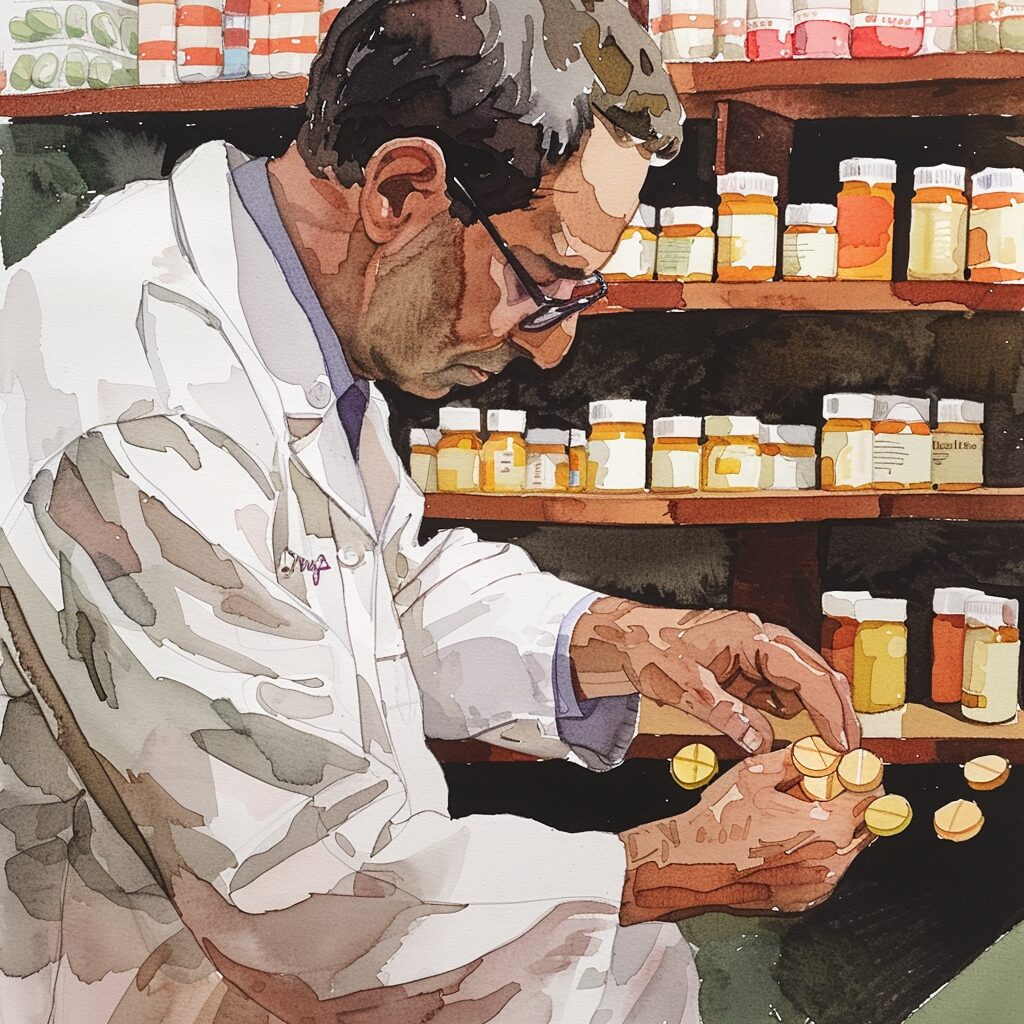Key takeaways:
- “Outside the box” approaches to rehab beyond traditional talk therapy include horticulture therapy, yoga, exercise, and mindfulness through ocean exposure.
- Horticulture therapy involves caring for plants in a therapeutic setting and has benefits such as promoting mindfulness, resourcefulness, and dignity.
- Yoga, with its breathing and postural techniques, can help individuals better tolerate and resist cravings associated with substance use disorders (SUDs).
- Exercise is an effective treatment for individuals with SUDs, as it reduces stress and triggers the brain’s natural reward chemicals.
- Mindfulness through ocean exposure, simply being at the beach and appreciating the beauty of the ocean, can increase prefrontal cortex thickness and aid in overcoming cravings.
- Lantana Recovery offers horticulture therapy, yoga, exercise, and mindfulness through ocean exposure as part of its Empowerment Program for individuals struggling with addiction.
There are a variety of “outside the box” approaches to rehab that exist beyond traditional talk therapy. These include horticulture therapy, yoga, exercise, and mindfulness through ocean exposure. The advantages of these therapies are manifold.
This blog will explore some common practices associated with each to elucidate how they can be effective tools in the toolbox of anyone struggling with addiction. Lantana Recovery is proud to offer each of these therapeutic options as a part of its Empowerment Program.
Horticulture Therapy
Horticulture therapy involves caring for plants as a form of therapeutic intervention. This therapy is an ancient practice that’s modern form is primarily considered to have been founded by the father of American psychiatry, Dr. Benjamin Rush, in the 18th century.
Typically, horticulture therapy will take place in a greenhouse or a garden. It can include taking care of plants by watering them, removing mealybugs, rearranging their location, or otherwise tending to the plant or garden. Horticulture therapy can also entail taking care of the lifecycle of an edible plant from seeding to harvest. A study has shown that a horticultural therapy program was effective at decreasing depression and anxiety and improving self-identity in middle-aged women.
Benefits of Horticulture Therapy
Horticulture therapy facilitates mindfulness, resourcefulness, dignity, and compassion and serves as an effective distraction from life’s challenges. Mindfulness is a focus on the present, and horticulture therapy requires one to live in the present moment. Whether it be focusing on digging a hole, watering the leaves of plants, or harvesting food–horticulture therapy puts you in a positive, forward-thinking frame of mind. There is evidence for the benefits of horticulture among older adults, particularly in long-term care facilities.
Instead of focusing on the mess you’ve made of your life as a result of your addiction, you’ll be thinking about how to save a dying plant or how to repopulate a barren area of a garden. In this way, horticulture therapy requires you to be strategic and resourceful.
There’s also dignity and compassion involved in taking care of another living thing. Even just taking care of a simple houseplant requires a certain level of responsibility. This can be a launching point for bigger things. What starts as watering plants routinely in a greenhouse can bloom into a job with more responsibility.
Appreciating Beauty
Simply being present in a garden environment can be beneficial to mental health. Horticulture therapy embraces the power of nature as a calming force. For example, one way to engage in this kind of therapy is to smell the various scents associated with each plant.
Another way is to do floral design – making arrangements out of various plants that are ascetically pleasing. Additionally, garden planning is a strategic method of laying out the way in which a garden should look, which requires significant thought. All of these activities require calm focus.
Yoga
Yoga is another way to practice mindfulness. It is an ancient practice dating back almost 5,000 years. Yoga entails both pranayamas (breathing techniques) and asanas (postural techniques). According to the Journal of Neurosciences in Rural Practice, yoga has been found to have an empirically positive effect as an intervention in substance use disorders (SUDs).
The benefits of yoga are manifold. However, most importantly, for someone addicted to substances, yoga has been shown to help individuals better tolerate and not act on cravings, according to Complementary Therapies in Medicine.
Pranayama (Breathing Technique)
Breathing techniques you may use in yoga include:
- Samra Vritti (Box Breathing): Sit comfortably with your back upright. Breathe in through your nose to the count of four. Hold your breath for an additional four seconds. Finally, exhale for four seconds. Pause at the end of your exhale for four seconds before beginning the process again. Repeat this process for four minutes or until you are relaxed and calm.
- Dirgha (Three-Part Breath): Inhale to a third of your lung capacity, then pause. Inhale an additional third of your lung capacity and pause again. Finally, fill your lung capacity and pause for a final time before exhaling in thirds as well.
Asana (Postural Technique)
Postural techniques you may use in yoga include:
- Bhujangasana (Cobra Pose): Lie face down on the floor. Put your hands underneath your shoulders and push up. Arch your forehead backward toward the ceiling. Do not overextend your back; there should be no pain. Hold the pose for ten to 60 seconds.
- Pascimothanasana (Sitting Forward Bend): Sit on the floor with your legs straight out. Reach towards the ceiling and inhale. Then, bend forward, bringing your entire spine parallel to your legs, with your hands touching your feet.
Exercise
According to a study in Frontiers in Psychiatry, exercise may be an effective treatment for individuals with SUDs. Exercise reduces stress and triggers the brain’s natural reward chemicals, which may have an ameliorative effect on cravings.
There are various types of exercise one can engage in to achieve its benefits. For example, cardiovascular exercises, such as running, doing the Stairmaster, or using elliptical machines, can be effective. The rowing machine also provides a unique cardio-calisthenic workout that is hard to replicate.
There are also strength training exercises. An ideal workout regimen combines both the cardio and strength training regimens into one routine. This can take many forms. For example, some people will lift three days a week and engage in cardio two days a week. Others will do cardio and lift on the same days but for more limited periods of time.
Mindfulness Through Ocean Exposure
Engaging in mindfulness increases the thickness of your prefrontal cortex. The thicker your prefrontal cortex, the greater your capacity to overcome cravings. To practice mindfulness through ocean exposure, simply go to the beach. It’s that simple. Appreciate the beauty of the ocean, the wind against your face, and the sand between your feet. If you choose to go in the water, experience the invigoration of the water against your body. Try and ride a wave into shore.
Bottom Line
“As an affordable non-pharmacological intervention with a wide range of effects, horticultural therapy is suitable for older adults in pension institutions and is worth promoting in pension institutions, communities, homes, hospitals, and other institutions that require long-term care” (The effect of horticultural therapy on older adults in pension institutions: a systematic review, Want et al., 2023) however, other “outside the box” approaches to therapy are cornerstones of the patient experience at Lantana Recovery.
Horticulture therapy is helpful for someone struggling with addiction because it facilitates mindfulness and strategic thinking by requiring an individual to be in the moment. Floral arrangements or garden planning require resourcefulness and an appreciation of the beauty of nature. Yoga promotes mindfulness and consists of pranayamas (breathing techniques) and asanas (postural techniques). Exercise has also been shown to be an effective treatment for those with substance use disorder (SUD).







